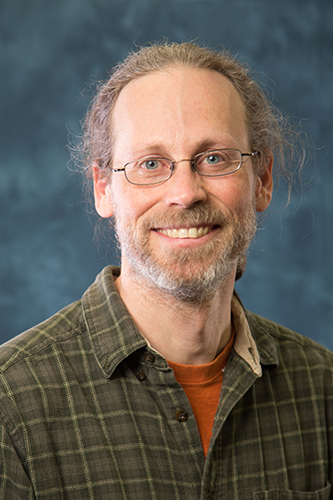5 February 2026
3:30pm CET

(University of Alaska, Fairbanks, United States)
Title: Einstein-Fluid Initial Data
Abstract: Fluids are a standard matter source for gravitation, going back to the early days of general relativity. Nevertheless, constructing initial data for this family of matter models is surprisingly nuanced. In this talk we describe a novel approach to building Einstein-fluid initial data based on a recently established phase-space technique for constructing non-vacuum initial data sets. Compared to prior approaches to working with fluids, the input parameters allow for more direct specification of physical quantities, such as the number of particles in any given region. We focus on perfect fluids but also touch on extensions of these ideas
to viscous models.
